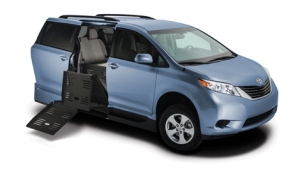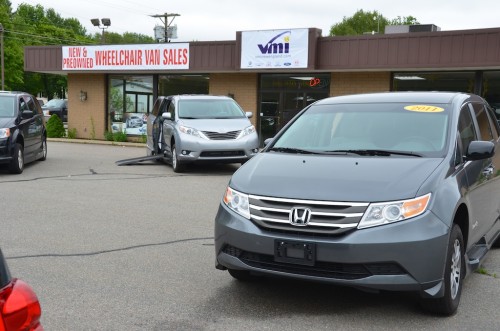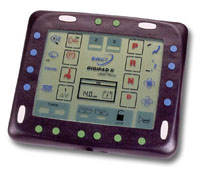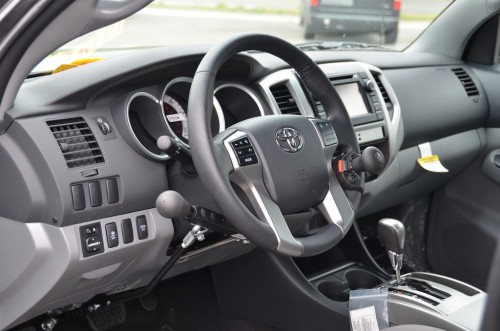There are a lot of nightmare scenarios no one wants to personally experience. One is getting a phone call that someone you love is hurt and another — permanently ending up in a wheelchair. Many people say they’d rather be dead if this happened to them, but oh how things change when you actually find yourself in this situation.
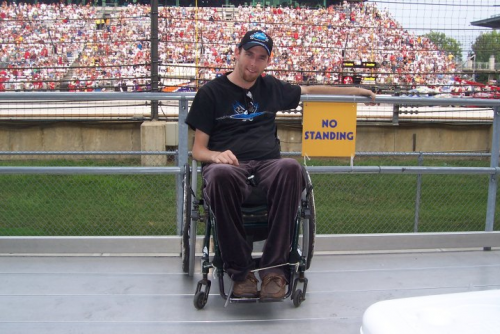
Simply put people don’t want to die, so they deal with it and move on, but it’s never that easy. And for some even, they’re never able to, so forever languishing in a living hell.
To truly see how it is possible to move on after becoming a wheelchair-user and be enlightened, read on for seven awesome insights.
Accept that you must reinvent yourself.
One of the first things to know when you become a wheelchair-user is that you are no longer who you were before. If your body is different after going through such a dramatic injury. A lot of people fight against this, wanting to hold onto their previous able-bodied self, but the fact is they will never be that person again.
Instead of desperately holding onto someone you once were, embrace this as an opportunity to reinvent yourself. If you no longer do tree work, get that engineering degree you always wanted and finally feed that part of your brain from here on out. A serious bodily injury can really open new doors.
Find out how to still use your body as much as possible.
It can be so difficult no longer being able to use your body like before, but don’t give up on moving your body just because you can’t use it 100 percent. Instead, push yourself as much as possible. If you can’t move your legs, you can try electrical stimulation to the legs. If you can’t transfer yourself but you get really close, try for years until you finally get it. Never give up on your body’s strength and pushing it (safely of course). Even if you move your body involuntarily, knowing you’re still utilizing all four limbs in some way is a must for the soul long-term.
You should also be working out on a regular basis. Serious cardio and strength training is a must when you use a wheelchair since getting your heart rate can be a great way to boost endorphins in the brain. When you’re not getting the cardio you would otherwise get from regular able-bodied activities, like walking all the time, you must find another way to get it. It’s a huge must.
Develop a negative thinking coping mechanism.
It can be almost too easy getting into a negative train of thought when things aren’t going well as a wheelchair-user. The tendency to blame the wheelchair for all of your problems is almost too easy. Whenever you find yourself angry because you need a wheelchair, try to click your mind into a positive place; a place you’ve created just for this. Maybe it’s a happy memory or a place you absolutely love.
Take on the “survivor success” mentality.
I love this one. Never forget that you are a survivor for living life sitting-down. This is an existence that challenges a human both mentally and physically. Whenever you feel empty inside because you can’t use your god-given legs, remind yourself that you are a survivor in the exact sense, and let that feed your ego if you must. Not many people can do what you do and do it so well. Yes, you do rock.
Learn to love yourself.
It can be easy being jealous of everyone that can walk when you can’t, but if you learn to love yourself completely, you’ll be a lot happier.
If you have a hard time finding things you absolutely love about yourself, make a list and ask friends and family their input. You’ll be surprised at what you hear and chances are it will make you feel awesome.
Appreciate your unique perspective.
It can take several years to get to the mindset of enjoying the interesting perspective of living life sitting down — the people we meet, the lessons we’ve learned through our struggles, the way it helps us look at life differently, perhaps even better. When you have a body that doesn’t respond like it once did, you have no choice but to look at the world differently. This without question, sharpens the mind.
Be grateful for what you still have.
Each moment you’re able to breathe is a gift whether you believe it or not, and when you use a wheelchair this is even more true since so many of us have had near death experiences. It may sound cliche, but yes, do count your blessings.
Life is too short to wish for unicorns and golden tickets in chocolate bars. The here and the now is all we got. Enjoy your ice cream before it melts.
How have you been able to move on after becoming a wheelchair-user?
